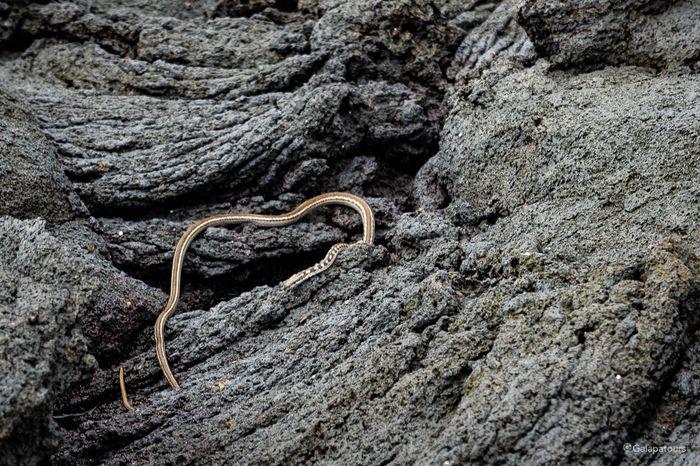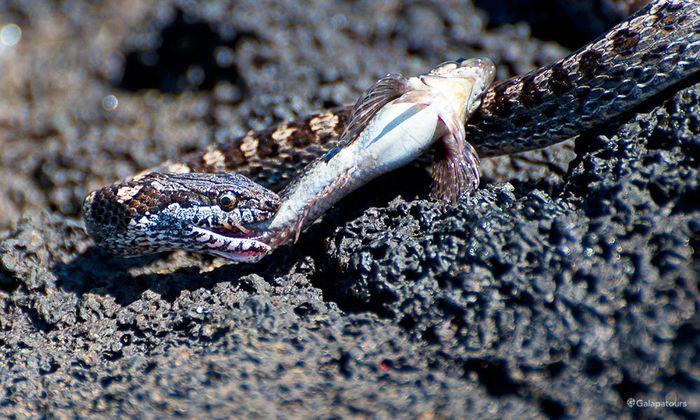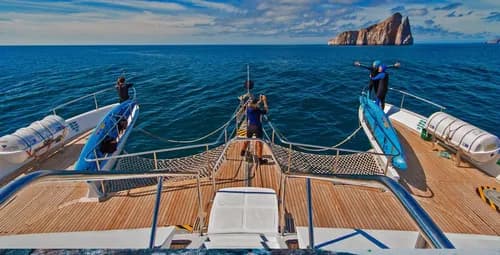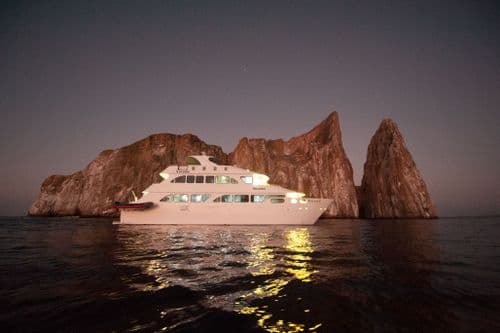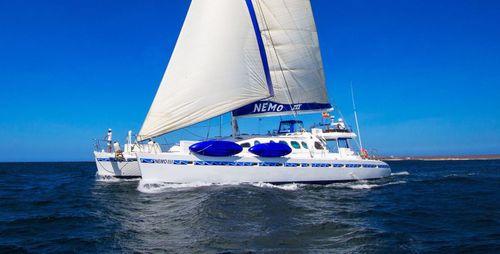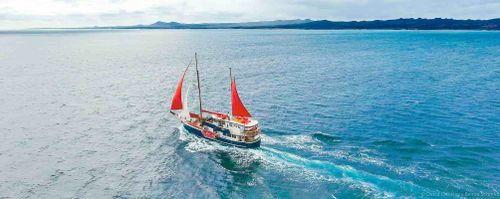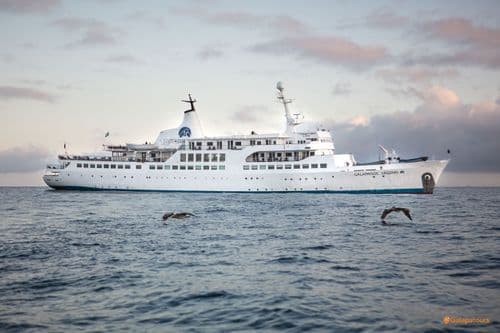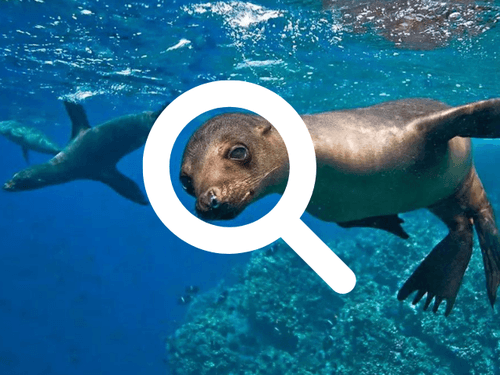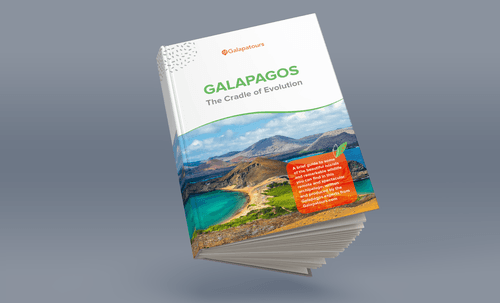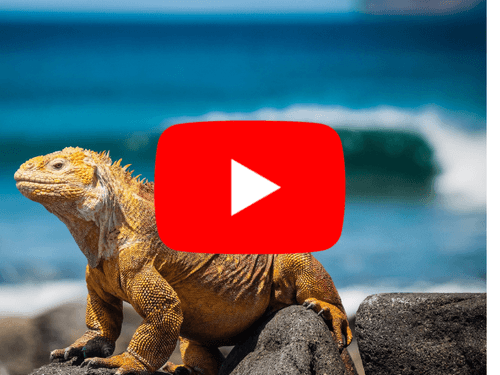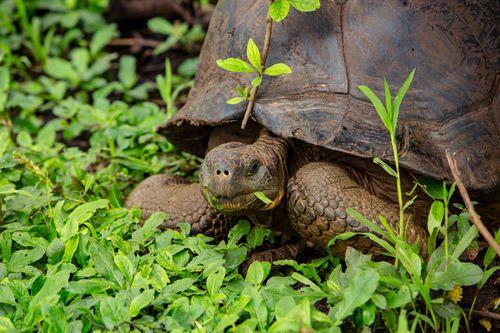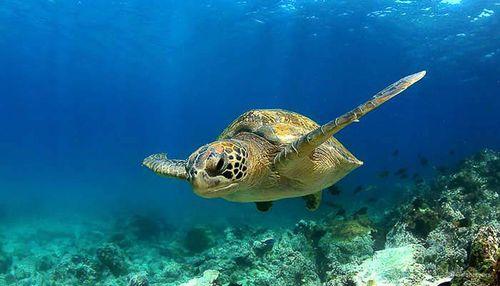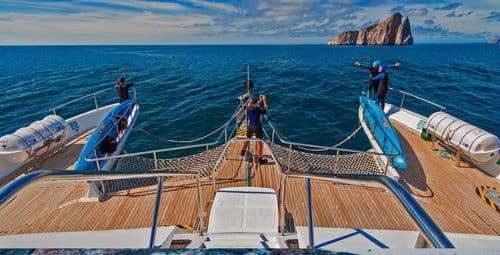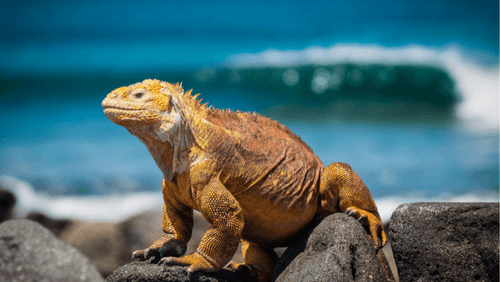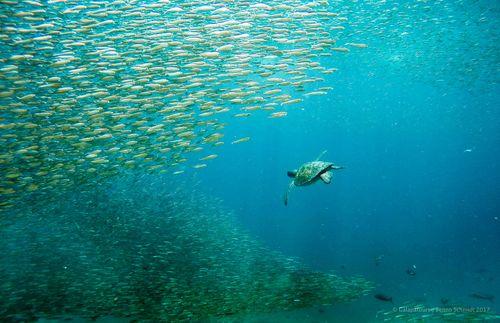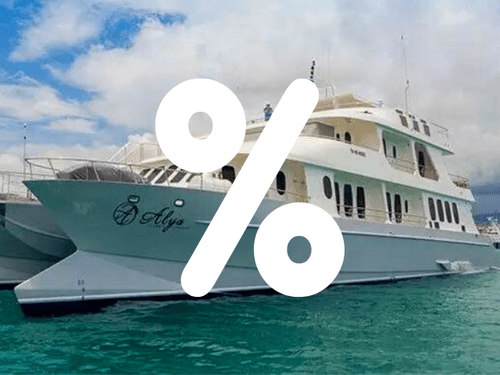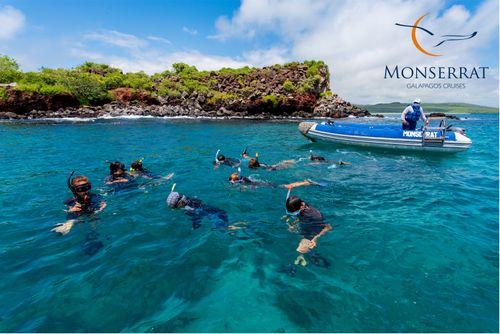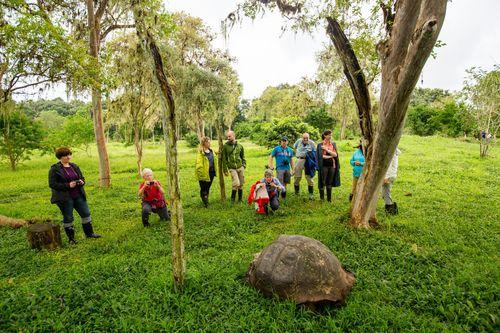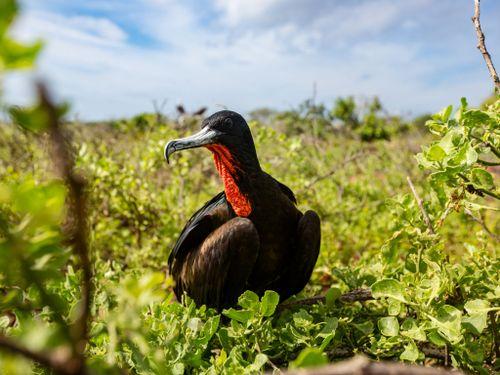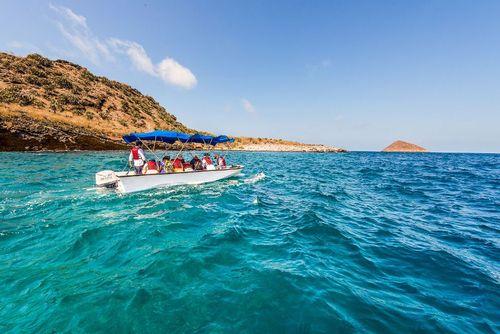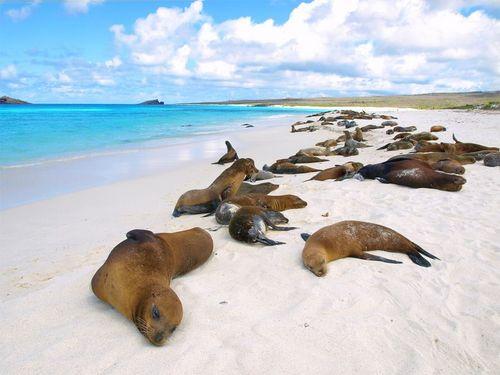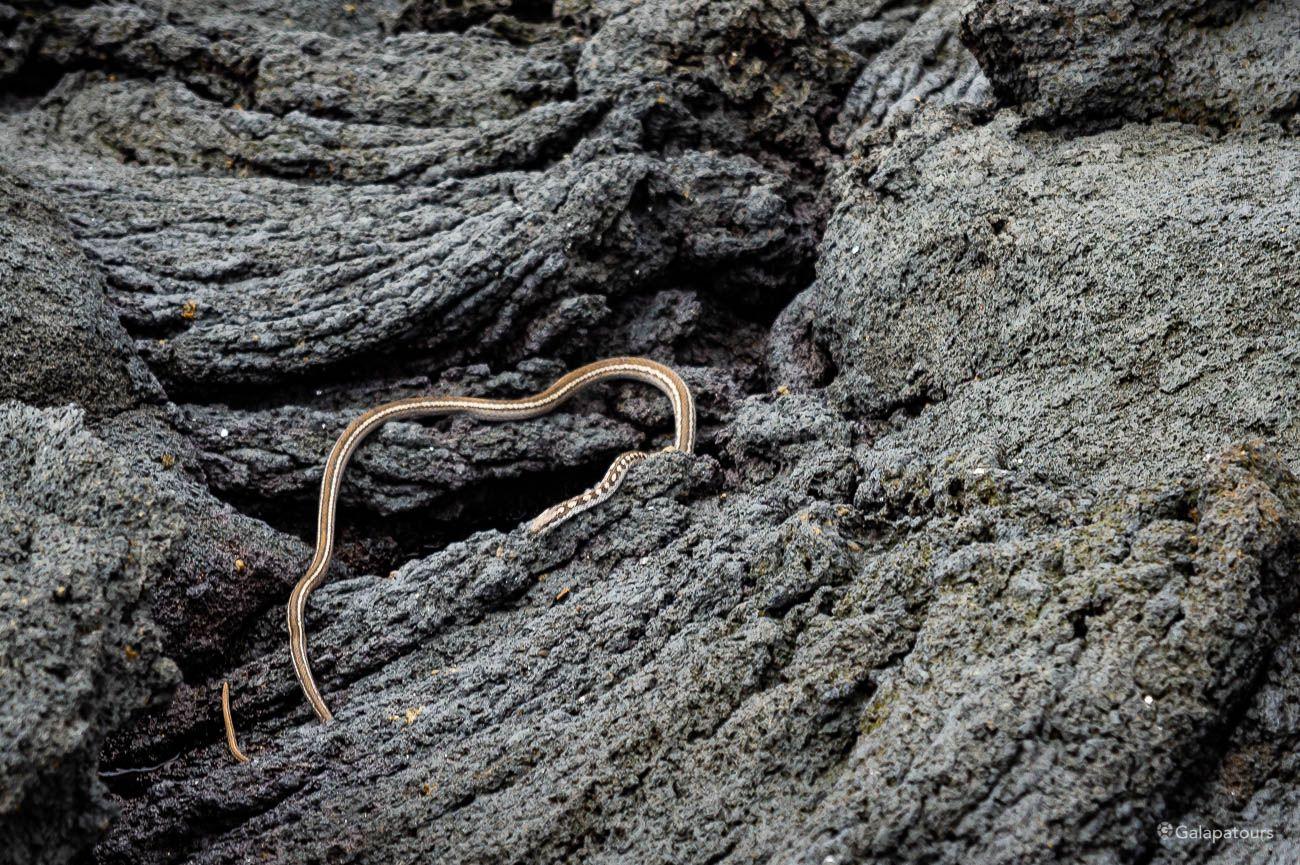
Galapagos Racer Snake
The Galápagos' only venomous hunter
What you need to know about the Galapagos Racer Snake
The classification of Galápagos Racer snakes is continually changing. There is currently no definite classification but at least 4 different species of these endemic snakes are known to have existed, two of which are now presumed to be extinct. This particular species of snake is part of the family of snakes known as Pseudalsophis which are native to the Galápagos islands.
All snakes in Galápagos are racers and they are mildly venomous constrictors. They are shy, and unless approached carefully they will quickly flee from humans. Your Galapatours naturalist guide will expertly lead you to a remarkable close encounter if you come across a racer on one of your shore excursions.
These snakes trap their prey by biting and injecting a venom into them which starts digesting the prey immediately This helps stop choking when the snake then swallows the prey whole. The feeding habits of these slim and fast-moving snakes vary depending on the chosen prey. This can include Darwin's Finches and Galápagos Mockingbird hatchlings, rats and mice, locusts and newborn Galápagos marine iguanas.
Galápagos Racer numbers have suffered in the islands' most populated areas. Some Islands like Floreana have seen a severe decline of this snake due to the introduction of invasive species such as feral rats, cats and dogs.
In contrast to this worrying trend, racers snakes on Española and Fernandina have seen an increase in population thanks to their protected and isolated conditions.
The only known natural threat to these snakes are Galápagos Hawks. On a Galápagos cruise you will enjoy several shore excursions that will give you a good opportunity to catch a glimpse of these fantastic reptiles.
Galapagos Racer Snake: Interesting facts
The Galápagos National Park is trying to reintroduce the extinct Floreana Racer back to the island
Two populations of Floreana Racer still exist on Gardner and Champion islets, a total of 2500 individuals
Galápagos Hawks are the only natural threat to Galápagos Racers
Introduced invasive species are the biggest threat to Galápagos snakes
Galapagos Racer Snake: Pictures from our travelers
